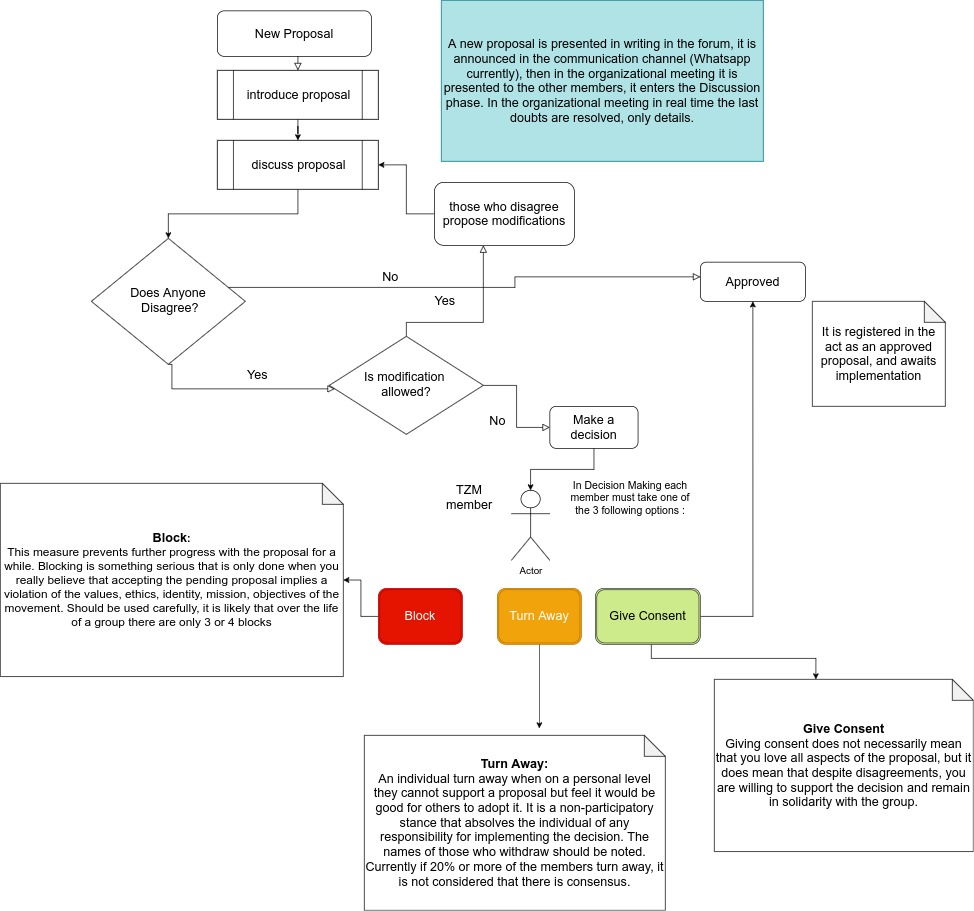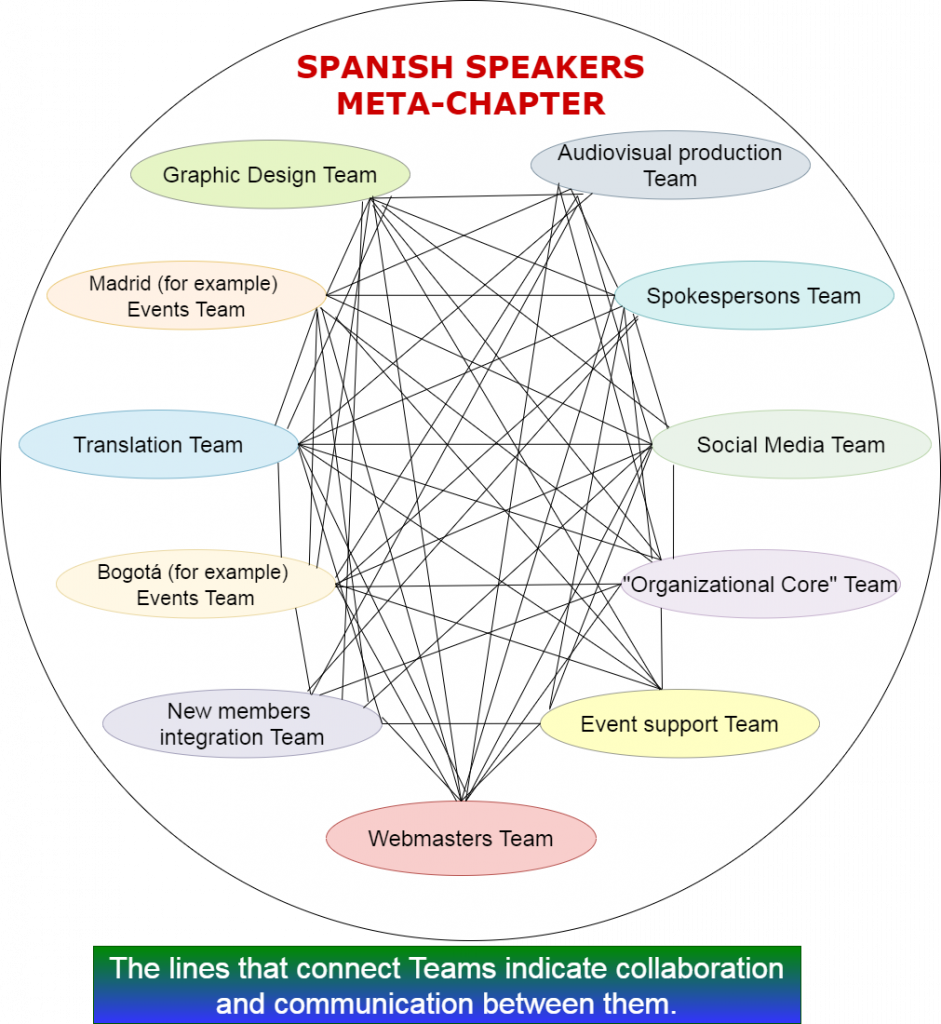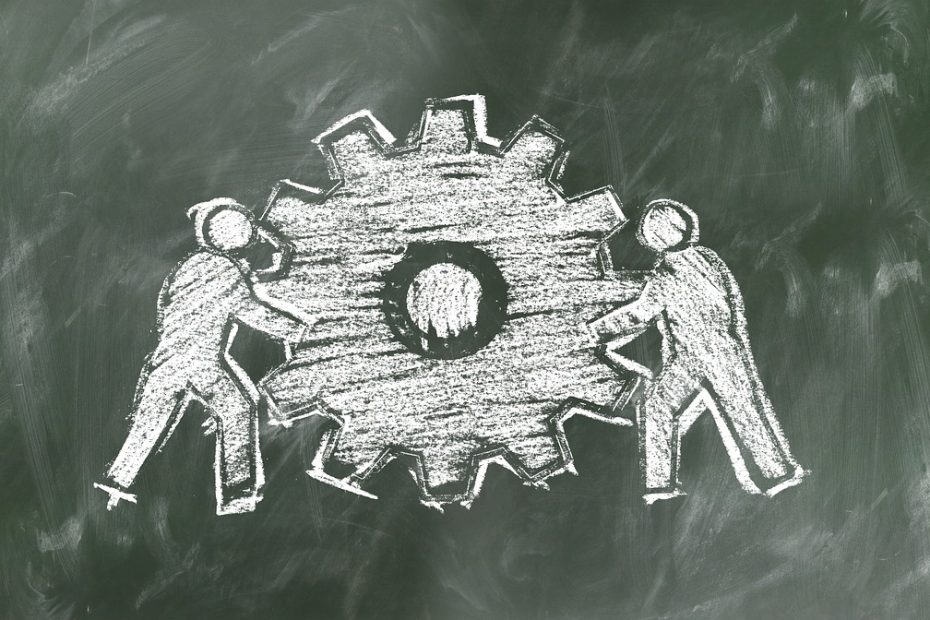A few months ago, a small group of Spanish-speaking TZM activists from different parts of the world began to gather virtually . We were concerned about the current situation and wanted to promote activities for the Movement in a coordinated manner.
In those meetings, we recognized the need to join efforts based on language. At the same time, we realized that we should focus on our main role, which is education-oriented towards shifting the values in our culture, towards a healthier socio-economic system: a Resource Based Economy
The main conclusion of these meetings was the need to create a Meta-Chapter, a “Chapter” or Work-Space that encompasses all Spanish-speaking members, which serves as a center for coordination, dialogue, and joint work among all members.
We held several productive meetings that solidified the foundations of the Meta-Chapter. Part of that work is reflected in the culmination of the following:
- Definition of Collaboration and Communication Tools;
- Definition of method for decision-making based on rational consensus; and
- Organizational Scheme.
Justification
We felt the need of a decentralized organization, where the working teams have certain autonomy, but also coherence and consensual direction. By consensus we mean, basic agreements among the members, so that the majority will feel comfortable with the Movement’s actions, and they will not be pushed aside simply because conflicts become irreconcilable.
Conflicts are inevitable; the most important thing is how we resolve them.
Why do we need space to resolve conflicts? Suppose that, for example, we use the name Zeitgeist Movement for the web, and if someone on a social media team wants to associate the movement with guns, (it is an exaggerated example, but it is to prove the point), we should come to an agreement to resolve this matter, otherwise we will have a decentralized but fragmented community.
Following this logic, the organizational group will hold biweekly meetings and will communicate through a whatsapp group (of temporary character) for communication in real time and a forum to carry out the asynchronous debates in a more extensive and public way (open to all those who want to participate).
Decision-making process
Human beings generally like to have participation and voice in decisions concerning the community. We are all volunteers and, by identifying ourselves with the central values and ideas of the movement, it is reasonable to see the movement as part of us. If we want to maintain a strong community we need other members to hear our expectations so that everybody feels their demands are heard.
Therefore, individuals or small groups of people should not decide on behalf of others–especially . when it comes to the identity, organization and structure of the movement. Instead, the decision should be taken by the group, this will allow us to add up the knowledge of all the members, taking advantage of the collective intelligence to generate better results than those that each person would achieve separately. Once such a decision has been reached, individuals appointed by the group will follow-up with the required actions.
(There will be decisions that depend on other factors, such as, what experience those people have in certain areas?, what programming languages to use to build the web portal? – for example -, These kind of decisions will depend entirely on those members who have expertise in those specific areas.)
While everybody is invited to participate, a will to do so does not necessarily translate into productive input for collective decisions. We need something more, to take into account arguments, experience and evidence in decisions.
The ideal and preferred method of arriving at a good decision is to diligently consider the reasons, objectives, advantages and disadvantages of a particular topic.
A well known method is the so-called «Rational Consensus». This method does not take place primarily in «live» environments such as TeamSpeak, Skype, WhatsApp or even physically, as these media considerably increase the possibility of someone getting carried away by emotions, and also lead to a higher probability of not understanding, not communicating or not remembering the subject and its details correctly, which inevitably affects the quality of a decision.
Rational Consensus is not something new to the movement, it is more than 10 years old, and we aim to rescue it and implement it as an integral part of the organizational culture for the movement.
In order to reach agreements on some regulation, rule, protocol, principle, project or identity of the movement, we use the dynamic of agreeing on proposals.
Let’s suppose that there is something we don’t like about the movement at the moment and it seems reasonable for us to change it or improve it. It usually has to do with the processes, mechanisms, protocols, regulations or identity that affect the whole movement as a whole. In this case, we should make a Proposal.
The proposal must be achievable, as it does not make sense to propose something that is not within the reach of the group, and you should consider that even if it is, it requires the long term assistance of a team. In this regard, it is crucial to ask the members of that team in advance, if they see it as justly achievable.
Currently, in order to make a proposal for the movement, we follow the next methodology described in the diagram below:

Proposals are submitted in writing to the forum in advance, in a thread in the Proposals in Discussion section. The group of the organizational team is then notified about the proposal. It then moves on to the Discussion Phase, where members comment on their concerns or suggestions in that thread.
Only when there are no details left to clarify in the forum conversation, then we move on to the Presentation Phase in the assembly for the final details and the resolution is given.
Until then, if there are no objections or doubts in the forum, it is implied that the proposal is clear and/or agreed upon. Of course, the proposal must remain in the forum for at least a reasonable time. That time is not yet defined, but I (Darwin) suggest that it be at least one week. In any case, it should always, before being approved and given resolution, go through the assembly; and if it is considered that it should be longer, the resolution is postponed.
If there are no disagreements, the resolution is approved, recorded in the act and goes to the Implementation Phase.
Now then, if there are details on which there is disagreement or suggestions for modifications or improvements to the proposal, these should be presented in written form with their detailed arguments, which returns the proposal to the Discussion Phase in which the above-mentioned phases should be repeated until a proposal that satisfies everyone is reached. If no agreement is reached, then the Decision Phase is moved on, which consists of three options (block, turn away, give consent) as described in the diagram above.
Block:
If there is someone who feels that a proposal violates the principles and values of the movement, they can block the decision, and that proposal then does not proceed. It should be noted that blocking is a serious thing, cannot be taken lightly, and should only be used when completely necessary.
Turn away:
When a member does not think the proposal is relevant, he can withdraw. This means that he does not give consent. This is a non-participatory position, which absolves the individual of any responsibility for implementing the decision. The names of the persons who withdraw should be noted. Currently, if 20 percent or more of the members turn away, it is not considered that there is consensus, and therefore the proposal does not proceed.
Give Consent:
Giving consent does not necessarily mean that you accept every aspect of the proposal, but it does mean that despite disagreements, you are willing to support the decision and remain in solidarity with the group.
This completes the decision-making process.
Organizational scheme and Work Teams:
The purpose of the proposals and assemblies for consensus, is both to improve the organization, culture and environment among the work teams, as well as to give coordination and coherence to the movement.
Currently, we could say that the organizational scheme of the Spanish-speaking Zeitgeist Movement is decentralized, but semi-directed by the Core Organizational Team. This space is occupied by those who want to invest their efforts in working on consensus and organizing the processes within the Meta-Chapter. If someone only wants to work in one team, such as the Translations team, for example, he or she may very well only work in that space, and is not obligated to participate in others.
One of the most important challenges as a movement is to find a balance between «control» and «autonomy», for the teams. One of the proposals recently approved by the organizational core and formulated by the writer of this article, is that in each team formed, there is at least one (1) Point of Contact.
This point of contact is an activist trusted by all members within the Meta-Chapter, and with whom no one disagrees to take on that role. There can also be more than one point of contact on each team. These points of contact must meet these conditions:
- Understand the concepts and ideas of the Zeitgeist Movement
- Communicate effectively with others
- Willing to work with others as a team
The points of contact have the following responsibilities:
- Ensure that new members are established without much problem and provide awareness of the methodology of work of the respective team.
- Report to the Meta-Chapter Organizational Core Team any issues that arise.
- Have access (user and password) to the tools or media (web, social networks, mail, trello) that are used on the teams where they are point of contact
- Establish in the forum, in a clear and concise manner, the procedure and communication channel by which anyone interested could join the team.
- Establish the communication channel your team is using to get other teams to ask them for a task.
Two important attributes when working with people is trust and understanding. Empirical experience tells us that the best way to connect with people, and gain that trust and understanding is through empathy and communication, getting to know each other and working together on projects. Trust is vital between the members of any group and this is our mechanism to be able to work synergistically.
Our mechanics is to work asynchronously with the best possible efficiency without having to bother or create friction with other teams (especially the core organizational team), and thus avoid fatigue in decision making, among other things.
We propose that each team/project for its own operation implement its proposals, methodologies, techniques, tools and designation of responsibilities, while not contradicting the general rules agreed upon by the organization, nor affecting the previously agreed upon organization, nor the identity of the Movement. This will be in principle, under the own criterion of the members and with special vigilance of the points of contact of each team.
By placing all the trust in the contact points, it is expected that they will know how to act with their judgment and will be especially careful when a decision might or might not affect all the other teams. If it is the case that a group could be affected, the contact point will take care that such a decision is raised in the organizational meetings. If he or she have doubts and are not really sure, they can consult with the organizational team.
When in doubt, it is always better to ask in the group.
A diagram of what communication between Meta-Chapter teams should look like

A process is basically a way of reaching an objective, the group of tasks, actions or sub-processes that achieve a goal (based on the approach: getting things done).
Just as many NGOs or companies today approach the delimitation, simplification and automation of processes to avoid bottlenecks and also fatigue among members, within the movement we also apply this principle.
The following diagram shows how work teams should help each other when they want to perform a process together, or accomplish a series of tasks between work teams for a common purpose.

Conclusions:
This is a summary, what we have achieved so far. There are several things to define, we are few and our free time is limited. We believe it can serve as a guide for other teams of TZM (and other social movements), in the rest of the world, that’s why we translated it.
As we become more teams, and the teams have more members, the complexity will increase, so we will have to be constantly looking for ways to reduce this complexity. We need collaboration models that can serve both a small group of less than 10 people and one of more than 1,000 and that can be scaled as much as possible.
In any case, if anyone is interested in working on such a model, based on the values and principles outlined for the Movement, we are open to working together in some repository. You can write to us at the following email address: mzhispanohablante@gmail.com.
We imagined that this way of organizing could be replicated, creating other Meta-Chapters in other languages, which could test these methodologies and modify them to your liking and publish their modifications and results. This would provide us with a strong repository based on collaboration. A kind of open source scheme and methodology based on volunteerism. Open Source has demonstrated its success in multiple areas, and this one is not very different.
PS: I think is very confusing the term Meta-Chapter, we started to use it, but maybe is not very precise, because there are no Chapters, only teams, the people that do events are team events [name of the city], maybe is more proper use another definition, We are open to suggestions.
